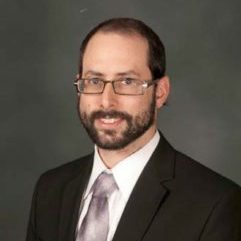Hashem appeared to Moshe in a bush because a bush is a lowly shrub. It symbolizes humility.
The Torah tells us that the angel of Hashem appeared as a fire burning in the bush, but the bush was not consumed.
Moshe said, “Let me turn for a minute and take a look. Why isn’t the bush consumed?”
What was the answer? Why wasn’t the bush consumed?
We are accustomed to thinking that the Bush turned out to be a heavenly fire and therefore did not follow the rules of regular fire, but the Noam Elimelech writes an interesting idea:
One would think that a holy fire would wipe out something as unholy as a bush. One would think that holy activities would bring us to a level of purity where the mundane world cannot enter.
It seems unfair when we are davening and the most random of thoughts comes in, or when we spend an hour studying Torah just to lose our tempers five minutes later. Moshe was bothered with the question: Why doesn’t the bush burn? Why don’t we ever seem totally free of our Yetzer Hora?
The answer is simple. The bush doesn’t burn. We always remain somewhat worldly. We never become angels. Our job is to infuse every mundane moment of our lives with holiness. We don’t burn up the mundane, we elevate it and light it on fire.
Hashem didn’t really answer Moshe’s question, but he did tell him to take off his shoes. This was the very first command Hashem gave Moshe. By taking off his shoes Moshe understood that he needed to feel every thorn and thistle on the ground if he was to truly help the Jewish people and grow as an individual.
We keep waiting for the holiness to root out and consume everything else, but it will never happen.

The gemara that with getting rid of yetzer of arayos no egg was found fits perfectly with this. Furthermore ( not sure if Noam Elimelech as well ) beiasa refers to tefillah and without yetzer hara no tefillah. Heard from younger Rav Twersky shlita from Milwaukee